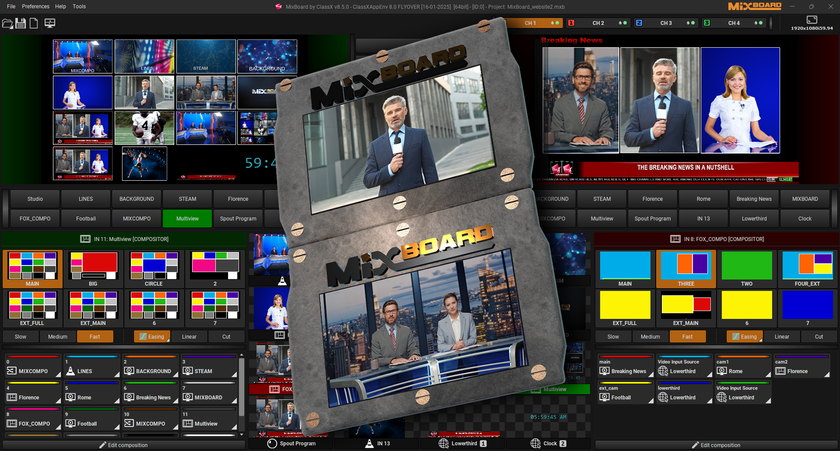New Satellite Promises High-Resolution Weather Pics
The weather satellite pictures you see on TV are most likely from one of the geostationary weather satellites. More detailed weather and environmental studies, such as hurricane forecasts, often use non-geostationary satellites in orbits much closer to Earth. With the launch of the new NOAA-N bird, forecasters will have access to high-resolution data from a variety of sensors.
Launched earlier today, NOAA-N will be called NOAA-19 once it is in orbit and operational. In addition to L-band transmitters carrying high-resolution images from numerous sensors, NOAA polar Earth orbiting satellites transmit lower resolution “APT” images on VHF frequencies. Many ham radio receivers and even scanners capable of FM reception in the 137 MHz band can receive APT signals. While an IF bandwidth of 40 kHz is required for high-quality APT reception, conventional ham and scanner receivers with narrower filters should be able to pick up the NOAA-N/NOAA-19 signals by tuning to 137.1 MHz. The alternate frequency is 137.9125 MHz.
If you are wondering when to listen, there are numerous Web pages and programs available to plot NOAA satellite orbits. A Web search on satellite tracking should provide several programs or on-line studies. See APT Weather Satellite Reception – A Guide for Beginners for information on setting up an APT system.
Get the TV Tech Newsletter
The professional video industry's #1 source for news, trends and product and tech information. Sign up below.










